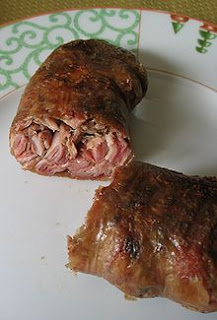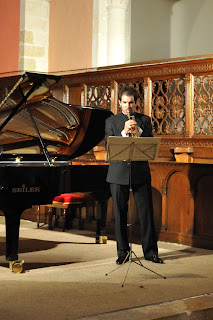 Abandoning a required right or reforming traditional institutions is always a good reason to take to the streets for the average Frenchman. Being an old left winger, I always get a kick when I see streets full of people, waving red flags, marching towards their goal. One of the most recent protests here were aimed against transforming one of the main East-West roads of France, the N79 (RCEA, Route Centre Europe Atlantique) from Route Nationale into a toll road. Understandable that this does not go down well with people who are using the N79 day in day out to travel from home to work and vice versa. Another recent protest was aimed against privatising La Poste. And even though the government had already promised that La Poste would not be privatised directly, the French left wing had organised a nation wide “referendum”, to see what the population thought of privatisation. Throughout the country there were voting boxes strategically placed near post offices, and the CGT (the biggest French union) announced the next day, that an overwhelming majority of the 2 million “voters” had said “No” to privatisation.
Abandoning a required right or reforming traditional institutions is always a good reason to take to the streets for the average Frenchman. Being an old left winger, I always get a kick when I see streets full of people, waving red flags, marching towards their goal. One of the most recent protests here were aimed against transforming one of the main East-West roads of France, the N79 (RCEA, Route Centre Europe Atlantique) from Route Nationale into a toll road. Understandable that this does not go down well with people who are using the N79 day in day out to travel from home to work and vice versa. Another recent protest was aimed against privatising La Poste. And even though the government had already promised that La Poste would not be privatised directly, the French left wing had organised a nation wide “referendum”, to see what the population thought of privatisation. Throughout the country there were voting boxes strategically placed near post offices, and the CGT (the biggest French union) announced the next day, that an overwhelming majority of the 2 million “voters” had said “No” to privatisation.My first encounter with demonstrating “the French way” was in 2005. There was going to be a European Union protest against the Bolkestein directive (Wikipedia) in Brussels. Since I was a member of one of the bigger Dutch unions, FNV Bondgenoten, I joined the crowd.
In the bus on the way to Brussels all Unionists received a parcel, containing a dull bread roll with ham, an even duller one with cheese, an apple and a carton of orange juice. Once in Brussels we were guided to the place from where the demonstration was supposed to start. The FNV was to start in between Unionists from Poland (Solidarność) and France (CGT). And it only dawned on me then, that for the French a demonstration is a bit more like an outing on a nice summer’s day than for the grim Polish and the serious Dutch. While we were desperately trying to rinse our bread rolls down, our neighbours of the CGT opened their picnic baskets. A tablecloth was draped over a bench on the side of the road, and out came the French loafs, with all sorts of sausages and cheeses, and last but not least, bottles of wine and glasses. When you see this, would you not like to take part in a demonstration against no matter what, every day?
The website of La Tuilerie de Chazelle








































